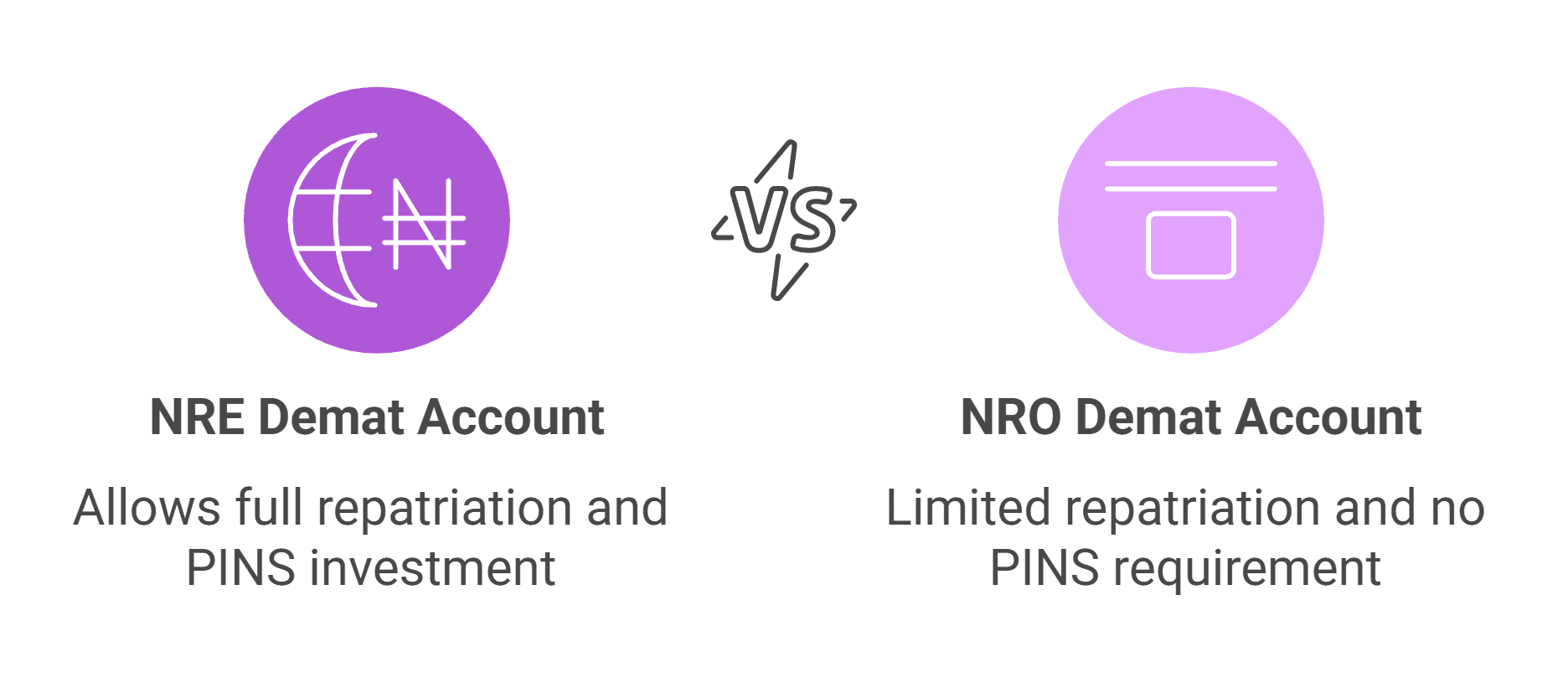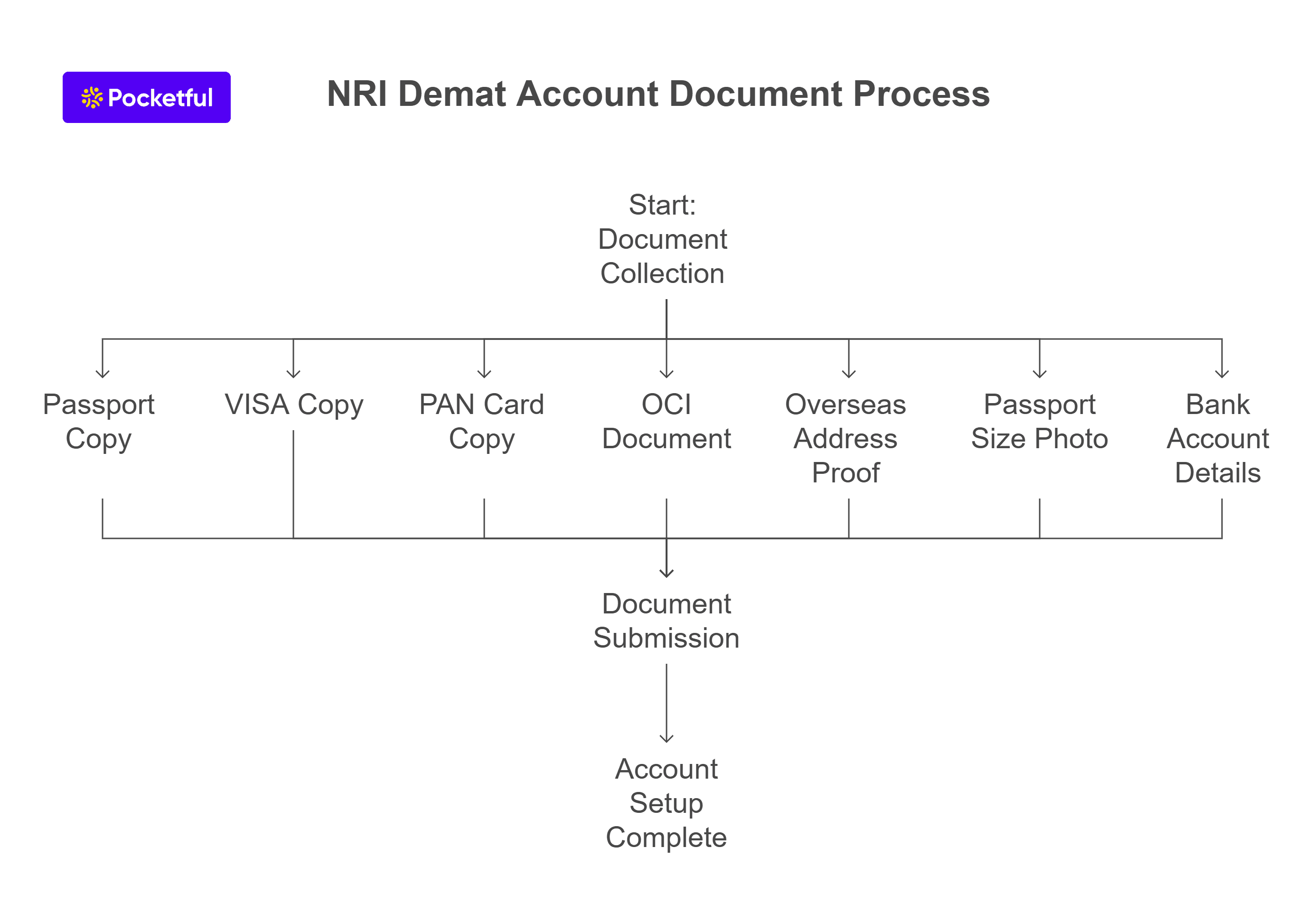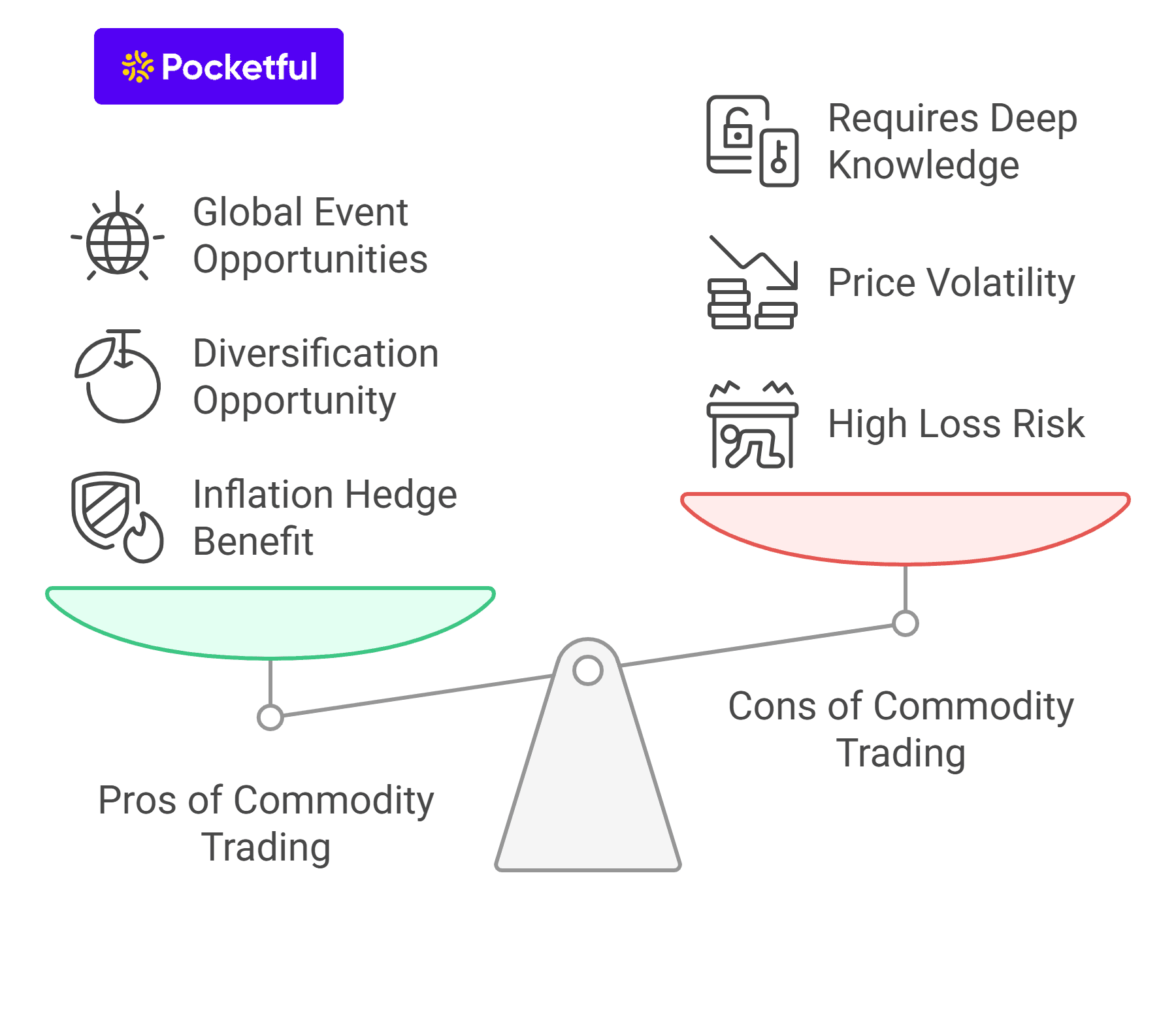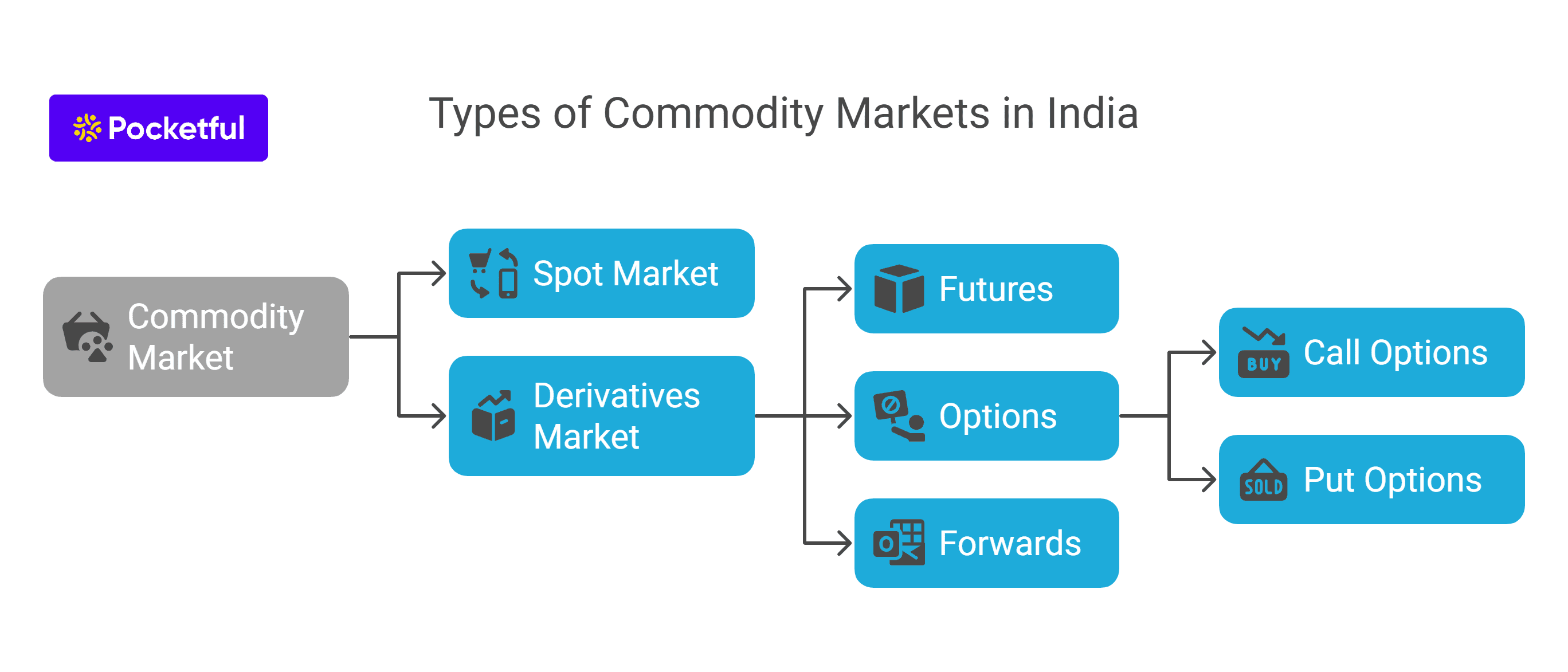Investing in an Initial Public Offering (IPO) under the High Net Worth Individual (HNI) category is a promising opportunity for those who are looking to allocate substantial capital into new stock issues. The HNI category in IPO is reserved for individuals who must invest more than INR 2 lakhs, allowing them access to a different allocation bracket as compared to retail investors. Applying as an HNI has specific procedures, requirements, and benefits.
This blog will walk you through the steps of applying for an IPO under the HNI category, including the eligibility, application processes, and benefits.
Who is an HNI?
To qualify as an HNI in an IPO, an individual must apply for a minimum amount exceeding INR 2 lakhs. This substantial investment requirement distinguishes the HNIs from retail investors, who are capped at INR 2 lakhs. Investors apply through a bank or broker using the ASBA (Application Supported by Blocked Amount) facility and allowing the fund block rather than direct debit from the account for the application.
Eligibility Criteria for HNI Category
The High Net worth Individual (HNI) category in an Initial Public Offering (IPO) represents the investors with significant capital who can bid for shares worth over INR 2 lakhs. HNIs in IPOs fall under the Non-Institutional Investors (NII) segment, which is separate from retail investors. Bidding as an HNI has specific eligibility requirements and notable advantages.
Steps for Applying as an HNI in IPO
High Net worth Individuals (HNIs) apply for IPO shares under the HNI category, a specific segment of the Non-Institutional Investor (NII) pool which is separate from retail investors. Here’s a step by step guide to applying as an HNI in an IPO:
Step 1: Understand HNI Eligibility
HNIs in IPOs are investors who bid for shares worth over INR 2 lakhs. Knowing what HNI in IPO means is crucial, as this category has a different quota and often a higher chance of IPO allotment.
Step 2: Arrange Funds for Investment
Since the HNI category requires substantial capital, ensure that you have funds exceeding INR 2 lakhs. Some investors prefer margin funding for IPOs to maximize their returns, but it is essential to understand the associated risks.
Step 3: Apply Through ASBA
Investors applying for an IPO in the HNI category use the ASBA (Application Supported by Blocked Amount) facility, which is available through banks. ASBA blocks the bid amount in your bank account but does not debit it. The amount is debited only if the shares are allotted, making the process secure and efficient.
Step 4: Submit Bid and Monitor Allotment
Once the application is submitted, then track the allotment status. The benefits of HNI in an IPO can be substantial, particularly with IPOs offering high growth potential.
Types of HNI Category
In IPOs, the High-Net worth Individuals (HNIs) represent investors bidding above INR 2 lakhs and fall under the Non-Institutional Investor (NII) category. Within the HNI category, there are two main subcategories: S-HNIs and B-HNIs, each with distinct characteristics and approaches to IPO investments.
1. S-HNIs
S-HNIs are individual investors who bid for shares worth between INR 2 lakhs and INR 10 lakhs. These investors are often high-income individuals aiming to maximize the returns through investing in IPOs of companies with good growth potential. For them, the benefits include a separate allotment pool with a higher likelihood of share allocation, which can provide lucrative returns. S-HNIs apply through ASBA (Application Supported by Blocked Amount) to ensure a secure and efficient application process.
2. B-HNIs
To qualify as a B-HNI, the investor must apply for shares worth more than INR 10 lakhs with no upper limit. These investors make large bids and further enhance their potential to secure a significant allocation. B-HNIs often use leverage and benefit from greater allotment chances.
The main difference between the S-HNI and B-HNI is the bid amount. Investors fall in the S-HNI category if the bid amount is between INR 2 lakhs and INR 10 lakhs, whereas investors are categorized as B-HNI if they apply for shares worth more than INR 10 lakhs.
Benefits of Applying IPO in the HNI Category
Applying for an IPO in the High Net worth Individual (HNI) category offers unique advantages listed below:
1. Higher Allocation Chance
One of the primary benefits of HNI in IPO is the separate allotment pool, which often has fewer applicants compared to the retail category. This can lead to a higher likelihood of securing shares, especially for in-demand IPOs. With significant capital on the line, the HNIs are well-positioned to gain larger allocations, which can enhance returns when the IPO performs well.
2. Flexible Investment Size
Unlike retail investors who are capped at INR 2 lakhs, the HNIs have no upper limit for applying for shares, allowing greater flexibility. This flexibility gives HNIs the advantage to scale their investment based on their risk appetite and market analysis, which can potentially amplify the gains.
3. Margin Funding Option
HNIs often have access to margin funding, enabling them to leverage their investments without committing the full amount upfront. However, margin funding incurs interest costs and increases risk, which investors should carefully consider. This facility allows them to earn superior returns.
4. Potential for High Returns
HNIs investing in high-growth IPOs can see substantial returns if the company performs well post listing. The exclusive allocation pool and larger capital make the HNI category attractive for those seeking to optimize their portfolio with highly profitable opportunities.
Conclusion
Applying for IPOs in the HNI category provides strategic advantages such as higher chances of allocation, flexible investment amounts, access to margin funding, and the potential for substantial returns. With a separate allotment pool, the HNIs can secure larger share quantities, which can be especially rewarding in high-growth IPOs.
Access to margin funding also allows the HNIs to optimize their investment funds and maximize the potential gains. Applying for IPOs under the HNI category is a compelling choice for investors with significant capital looking for profitable investment opportunities.
Frequently Asked Questions (FAQs)
What does HNI in IPO mean?
HNI, or High Net worth Individual in IPO, refers to investors who bid for shares worth more than INR 2 lakhs in an IPO. Unlike retail investors, the HNIs are part of the Non-Institutional Investor (NII) segment, enjoying a separate allotment pool with the potentially higher chances of allocation.
How do I apply for an IPO under the HNI category?
To apply as an HNI, use the ASBA (Application Supported by Blocked Amount) facility available through your bank. Specify the bid amount and ensure it exceeds Rs 2 lakhs. Submit the application within the IPO window. Funds are blocked in your account until the allotment is finalized.
Can I use margin funding to apply for HNI in the IPO?
Yes, many brokers offer margin funding for HNIs and allow you to apply without paying the full amount upfront. Margin funding increases your investment capacity, but it also involves interest charges and increased risk, so consider it carefully.
What are the benefits of applying as an HNI in IPOs?
Applying as an HNI provides higher allocation chances, flexibility in investment size, access to margin funding, and the potential for large returns if the IPO performs well, making it an attractive option for HNI investors.
How is the allotment process different for HNIs?
The HNI category has a dedicated allotment pool with fewer applicants than the retail pool, increasing the likelihood of allocation. Shares are allotted on a proportionate basis in the NII category based on the demand and bid size.

















